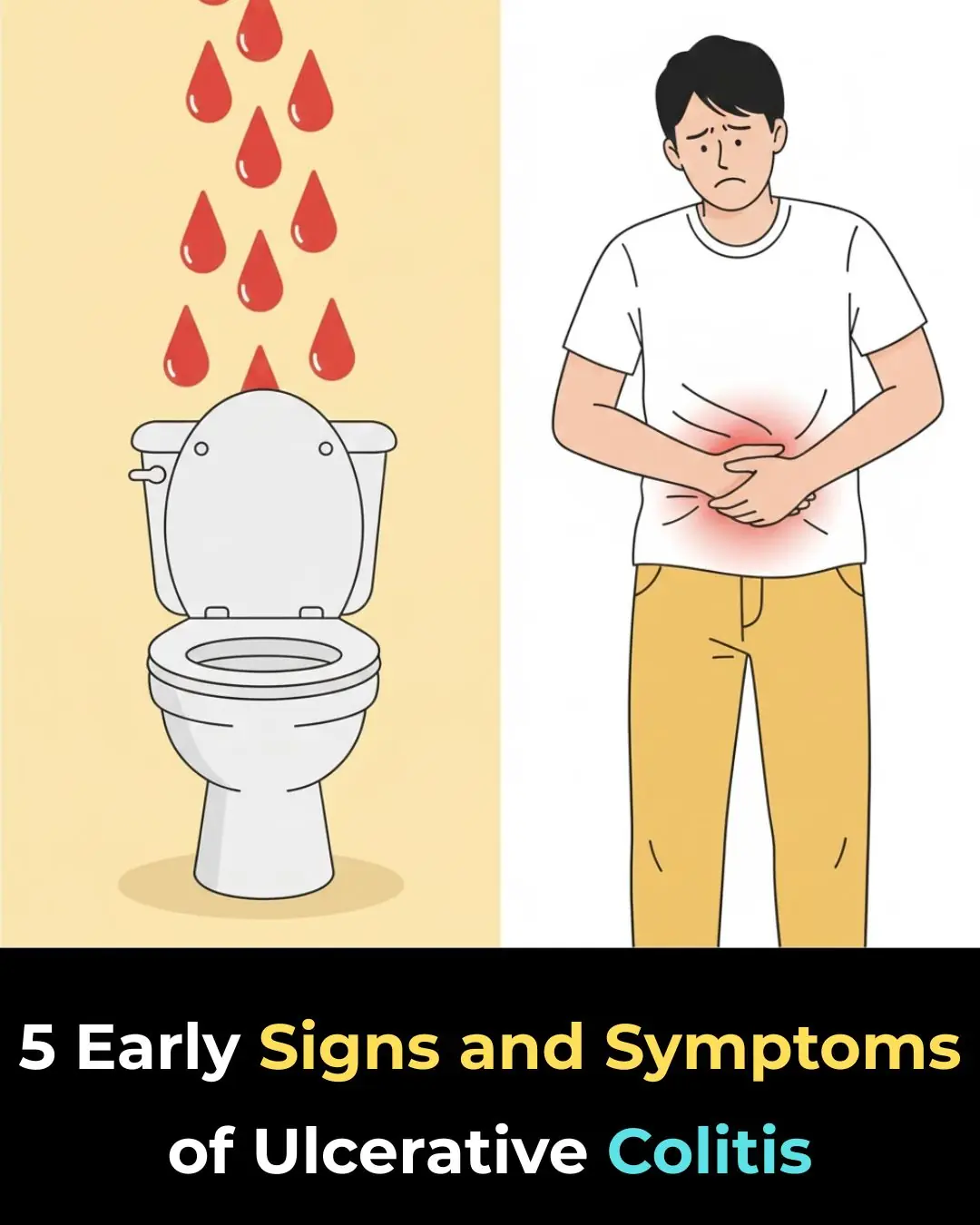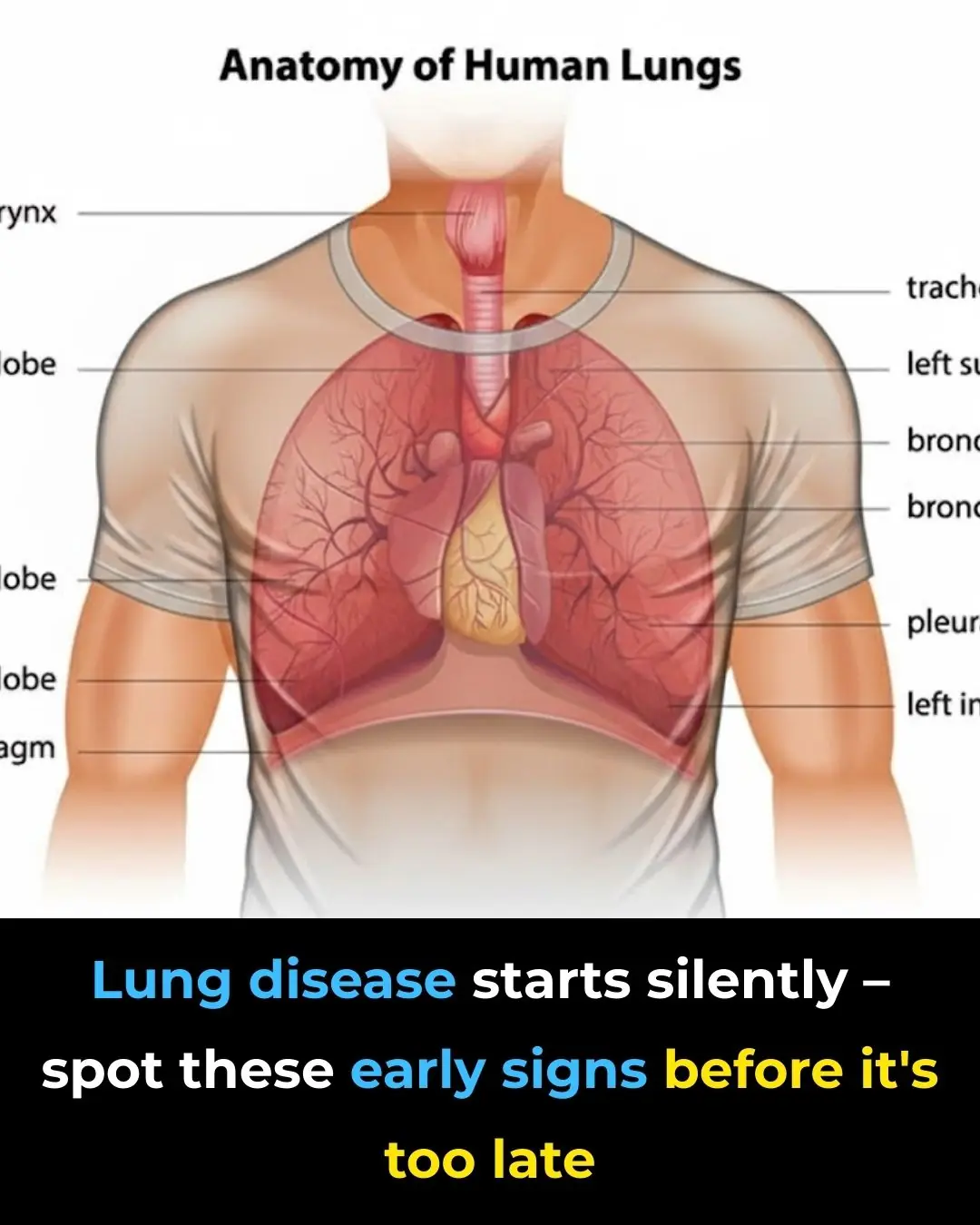
Tingling Sensation In Your Body: Why Does It Happen
Understanding the Tingling Sensation in Your Body: Causes and Solutions
Have you ever experienced a tingling sensation in your hands, legs, or feet? It's that peculiar feeling that can occur unexpectedly, often after sitting or standing in one position for a long time. You may have felt it when you finally stood up after sitting for hours—like tiny needles poking your limbs. This sensation, while annoying, has an explanation, and there are ways to control or minimize it. In this article, we'll dive deeper into what causes this tingling sensation and how you can address it. Please consult a healthcare professional for personalized medical advice and further examination.
What is the Tingling Sensation?
The tingling sensation that you sometimes feel in your limbs is known as paresthesia. According to the National Institute of Neurological Disorders and Stroke, paresthesia refers to abnormal sensations such as tingling, numbness, or even a feeling of burning. It can occur in your hands, feet, legs, or other body parts. It’s often described as a feeling of "pins and needles."
These sensations tend to appear without warning and are typically not painful. However, they can be uncomfortable, particularly if they happen frequently or last for extended periods.
When Does the Tingling Happen?
Most of us have experienced "pins and needles" at some point in our lives. This sensation, known as transient paresthesia, is a temporary condition that occurs when you maintain the same position for too long. Whether you've been sitting with your legs crossed or standing in one spot for too long, this pressure on your nerves can trigger the tingling sensation.
While the sensation is often benign, other conditions can also cause paresthesia. These include nerve injury, herniated discs, poor circulation, or even certain infections that affect the nervous system.
How Long Does the Tingling Last?
The duration of paresthesia can vary, but it usually goes away once you move or change position. When you experience the tingling sensation, it’s usually because blood flow has been restricted to a certain part of the body. As circulation improves and pressure is relieved from the affected nerve, the sensation dissipates. You can speed up the process by gently stretching or massaging the numb area, which encourages blood flow and helps alleviate the discomfort more quickly.
What Are the Potential Consequences of Paresthesia?
While paresthesia itself is typically harmless, it can lead to a few challenges in daily life. For instance:
-
Blood Circulation Issues: The tingling sensation often points to temporary disruption in blood circulation.
-
Sleep Discomfort: If paresthesia occurs while you're sleeping, it can lead to strange postures that disrupt rest, making you more prone to discomfort.
-
Balance Issues: Tingling in the legs or feet can cause difficulty walking or standing, and it can increase the risk of falls.
-
Increased Risk of Injuries: Since your limbs may feel numb or stiff, you might accidentally bump into objects or lose balance, leading to injuries.
Types of Paresthesia
There are different types of paresthesia, each of which can occur in specific parts of the body. Some examples include:
-
Buerger’s Paresthesia: Commonly affecting the legs, fingers, or toes, this condition is linked to unhealthy lifestyle habits. It typically affects young adults between 20 and 24 years old.
-
Meralgia Paresthetica: This form of paresthesia affects the outer thigh, causing numbness, tingling, and sometimes burning sensations. It’s typically caused by compression of a nerve that runs down the thigh.
Can Paresthesia Become Chronic?
Yes, it can. If paresthesia occurs regularly or lasts for an extended period of time, it could signal an underlying health issue. Chronic paresthesia is often associated with neurological conditions, such as multiple sclerosis, stroke, or encephalitis. It may also be linked to conditions like carpal tunnel syndrome, vascular injuries, or even tumors.
If you experience frequent or long-lasting tingling sensations, it is important to see a doctor to rule out any serious underlying issues.
When to Seek Medical Help
If paresthesia becomes more frequent or is accompanied by other symptoms, it’s essential to consult a healthcare professional for proper evaluation. Seek medical attention if you experience:
-
Sudden Onset: If the tingling sensation begins unexpectedly, especially without any obvious cause.
-
Head Injury: If the sensation follows a recent head injury, it could indicate a more serious condition.
-
Full Limb Involvement: If paresthesia affects a large area, such as an entire arm or leg, rather than just a small part like the fingers or toes.
-
Additional Symptoms: If you experience weakness, paralysis, confusion, difficulty speaking, or dizziness in conjunction with the tingling, it could point to a neurological emergency.
-
Severe Pain: If the tingling sensation is accompanied by a sudden, severe headache or pain, it’s essential to seek medical help immediately.
-
Gradual Onset: If the tingling develops gradually over time or affects both sides of the body, it may indicate a more chronic condition.
Final Thoughts
While paresthesia is often a harmless and temporary condition, it can sometimes signal a deeper health issue. If you notice any changes in the frequency or intensity of the tingling, or if it is accompanied by other concerning symptoms, it's crucial to seek medical advice. Don’t hesitate to contact a healthcare provider if you have concerns.
Have you ever experienced the tingling sensation in your hands or legs? How did you deal with it? Let us know about your experience in the comments below.
News in the same category


Current Cardiac Screening Tools Miss Nearly Half of First Heart Attacks, Study Finds

Could Bone Broth Support Healthy Knee Cartilage as You Age?

Top 7 Best Drinks Diabetics Can Enjoy at Night to Support Healthy Blood Sugar Levels!

Papaya Leaves for Hair: A Natural Way to Support Healthier, Shinier Strands

Protect Your Eyes Naturally: 3 Powerful Seeds and 1 Fruit Every Senior Should Know About

Power Naps: The Benefits, How Long They Should Be, and When They Work Best

5 Early Signs and Symptoms of Ulcerative Colitis

8 Potential Health Benefits of Kombucha

Diagnosed with End-Stage Stomach Cancer, I Painfully Realized: 3 Foods Left Too Long in the Refrigerator Can Become “Accomplices” to Cancer

5 Detox Baths to Remove Aches, Pains and Toxins + Fragrant Bath Melts Recipe

Early Signs of Lung Disease & How to Strengthen Your Lungs

5 things you absolutely SHOULDN'T do in the morning if you don't want your cancer cells to "grow like wildfire"

Emerging Flu Variant ‘Subclade K’ Raises Global Health Concerns Across the US, UK, and Beyond

A New Alternative to Reading Glasses: Eye Drops for Age-Related Near-Vision Loss

Sip These 4 Crimson Nightcaps—Watch Creatinine Whisper Down While Your Kidneys Heal Overnight

Unlock Vibrant Aging with This Ruby-Red Hibiscus, Avocado & Clove Elixir

Heart Surgeon’s Hidden Secret: Eat This Daily to Boost Cardiac Health!

“Beer Belly” Fat May Damage the Heart Differently Than General Obesity, Study Suggests

Mediterranean Diet Linked to Lower Risk of Multiple Sclerosis, Study Finds
News Post

A New Global Atlas Maps Every Building on the Planet in Unprecedented Detail

A Bed on Wheels: A Chinese Inventor’s Unusual Take on Personal Transportation

Planting Love That Endures: The Heart-Shaped Forest of Winston Howes

Between Supplement Hype and Evidence: A Clinical Guide for Informed Use

Current Cardiac Screening Tools Miss Nearly Half of First Heart Attacks, Study Finds

Canada Moves Toward Ending Captivity of Elephants and Great Apes

The Golden Retriever Who Became a Street View Star

A $5.7 Million Puppy: The Story of Cadabomb Okami

🐶 Why Dogs Can Watch TV

📚 What the New Curriculum Includes

Carols with Pets: A Festive Celebration of Faith, Music, and Companionship

Mosquitoes are most afraid of this bowl of water

A Wall of Fire: The Deadliest Day for U.S. Firefighters Since 9/11

A 17-Kilometer Journey of Love: Ukrainian Woman Saves Her Elderly Dog Ngắn gọn, mạnh

Psychic Baba Vanga's horrifying 2025 prediction feared to come true in days during major event

Over 300,000 Stranger Things fans sign petition making serious demand after show sparks outrage

Sister Wives star Christine Brown confirms she and ex-husband Kody are actually cousins

People are all wondering the same thing as father of 12 Nick Cannon has Christmas photoshoot with his kid's different mothers

Billy Bob Thornton fans shocked after seeing his penis in wild new episode of hit series
